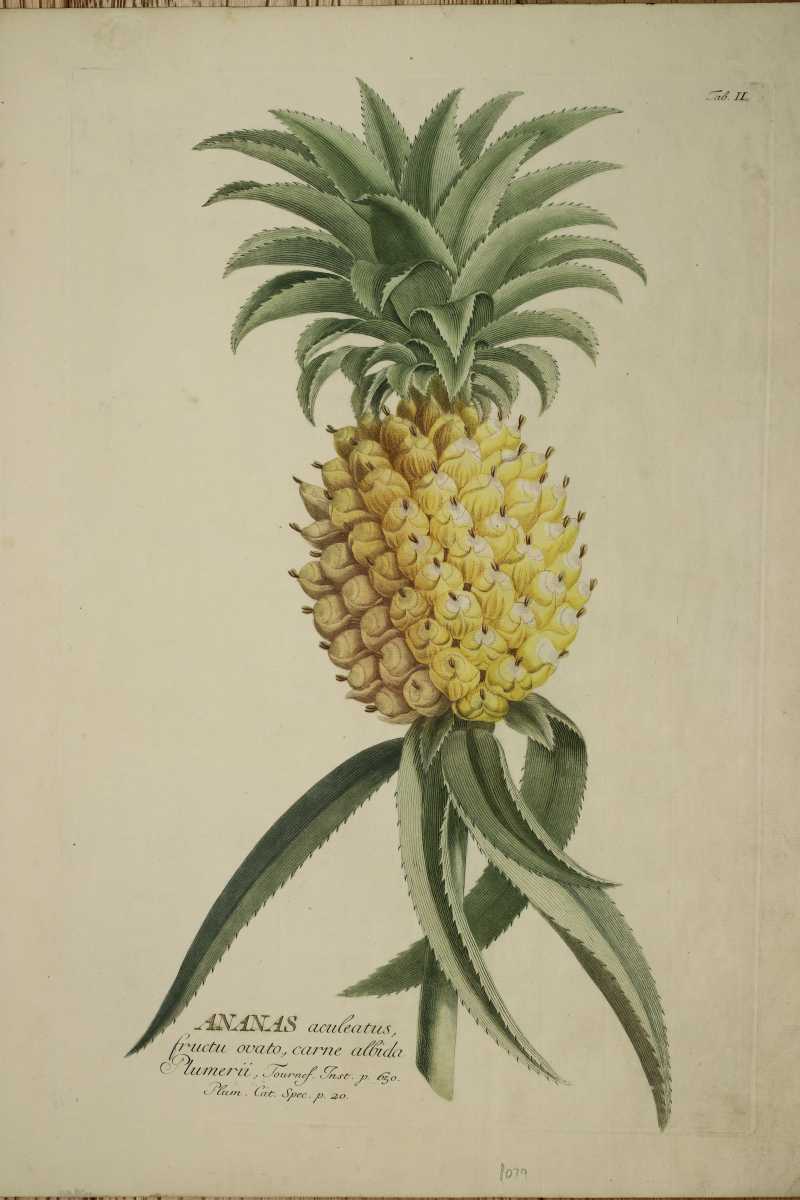Rare Maps and Prints
- World & Celestial
- North America
- West Indies, South & Central America
- British Isles
- British Isles
- English counties
- Large-scale
- Bedfordshire
- Berkshire
- Buckinghamshire
- Cambridgeshire
- Cheshire
- Cornwall
- Cumberland
- Derbyshire
- Devon
- Dorset
- Durham
- Essex
- Gloucestershire
- Hampshire
- Herefordshire
- Hertfordshire
- Huntingdonshire
- Islands
- Kent
- Lancashire
- Leicestershire
- Lincolnshire
- Middlesex
- Norfolk
- Northamptonshire
- Northumberland
- Nottinghamshire
- Oxfordshire
- Rutland
- Shropshire
- Somerset
- Staffordshire
- Suffolk
- Surrey
- Sussex
- Warwickshire
- Westmoreland
- Wiltshire
- Worcestershire
- Yorkshire
- Wales
- Scotland
- Ireland
- Western Europe
- Eastern Europe
- Middle East
- Africa
- Asia
- Australasia & Pacific
- Decorative Prints
- Title Pages
Mr. Philip D. Burden
P.O. Box 863,
Chalfont St. Giles, Bucks HP6 9HD,
UNITED KINGDOM
Tel: +44 (0) 1494 76 33 13
Email: enquiries@caburden.com
Christoph Jacob Trew (1695-1769) was a wealthy physician and noted bibliophile. The artist George Dionysius Ehret (1708-70) enjoyed the lifelong patronage of Trew and they became great friends. It was Trew who encouraged Ehret to study the plants from a scientific perspective as well as an artistic one. Trew supported the publication of the Plantae Selectae from 1750 for which he supplied the descriptions, it has been called one of the greatest eighteenth century botanical books published (De Belder) and is distinguished by its gold titles. Hunt states that Ehrets illustrations achieve realism, majesty, ineffable colour, all in one breathtaking look. The Hortus Nitidissimus was called the most sumptuous of the florilegia in the De Belder catalogue. Trew intended the book to be a magnificent gallery of the most colourful and ravishing flowers that could be grown in Europe. Like the Plantae Selectae being published at the same time, many of the plates are the work of Ehret. Here however, he concentrates on displaying the flowers at their full beauty. De Belder (1987) 362-3; Dunthorne 309 & 310; Great Flower Books (1956) p. 78; Hunt (1958) 539; Nissen BBI (1966) 1995 & 1997.
TREW, Christoph & EHRET, Georg
Ananas
Ananas (decorative print)
Nuremberg, 1750-73
18 x 12 inches, early wash coloured copperplate engraving with gold title. Plate 2.
Stock number: D3276
SOLD



